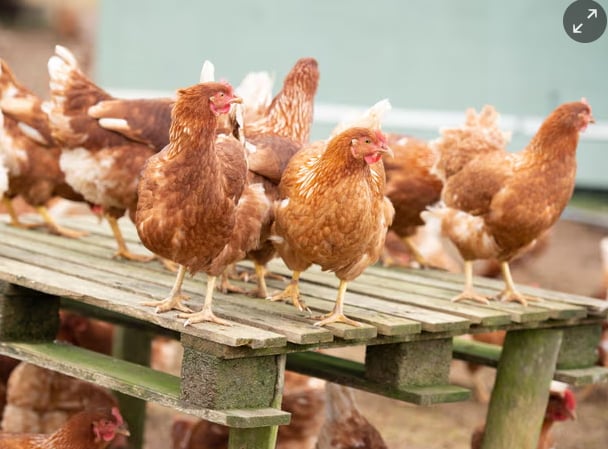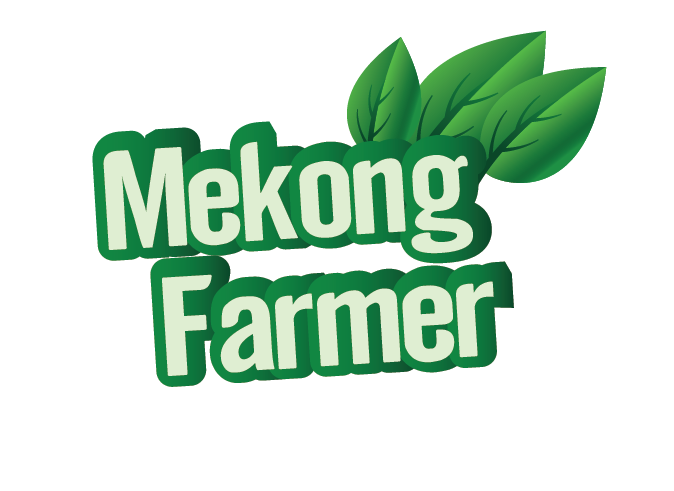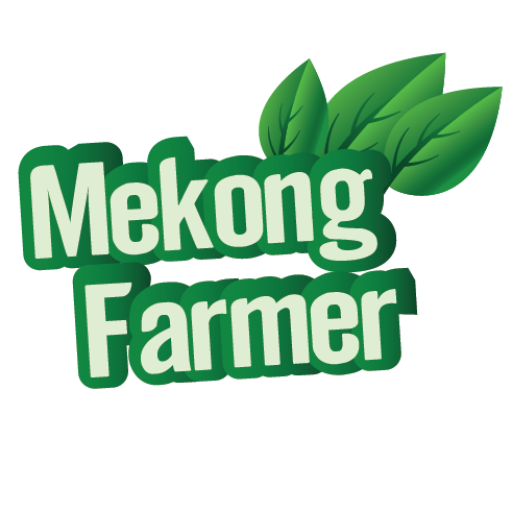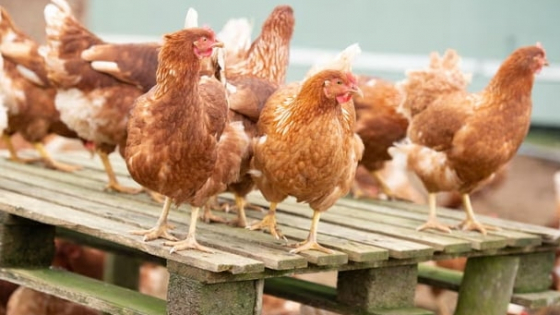(VAN) Consumers have shown a preference for free-range eggs, but those farming systems are more vulnerable to biosecurity risks like bird flu.

Free-range eggs are more susceptible to avian influenza – the underlying factor contributing to bare shelves. Photograph: Farlap/Alamy.
Greg Mills knows his eggs. He has worked in the industry for more than 15 years: with the New South Wales Department of Primary Industries; as an industry adviser to the national poultry welfare code; as a university lecturer on egg production; and as an on-farm consultant in developing free-range farms. He talked about eggs to schoolchildren at the Sydney Royal Easter Show and presented to broader audiences why we have intensive livestock systems. In 2017, he was named Kondinin Rural Consultant of the Year.
So, when Mills says that what we see on supermarket shelves now – no eggs or expensive eggs – is here to stay, it pays to listen up.
“These problems are not a surprise,” Mills says. “As we transition away from caged-egg production by 2036, I’d expect to see more outbreaks of avian influenza and resultant drops in egg availability. We’re dealing with a biological system with a perishable product, and we can’t just turn it off and on at will.”
Australia’s growing population demands more eggs and consumers turn to eggs as a source of low-cost protein when times are tight. But consumers have consistently shown a growing preference for free-range eggs. In 2024 they made up 60% of all eggs bought at supermarkets according to peak industry body Australian Eggs, and major supermarkets Coles and Woolworths pledged to phase out cage eggs by this year. The UK, Europe, and New Zealand have banned cage eggs, and in 2023, Australia committed, after more than a decade of intense debate and strong animal welfare campaigns, to follow suit by 2036.
But free-range eggs are more susceptible to avian influenza, the underlying factor contributing to bare shelves.
The wild duck risk
Low-pathogenic avian influenza (LPAI) occurs naturally in about 2% of the wild bird population, most prevalent in waterfowl such as ducks. When LPAI reaches high concentrations in commercial chickens, the virus, like the human flu, has the potential to mutate to highly pathogenic avian influenza (HPAI).
“Due to the outdoor nature of free-range chickens, they are more susceptible to contracting LPAI because they have a greater chance of coming into contact with wild birds such as ducks,” Mills says. “We don’t see it very often but when we do it has major impacts.”
Further problems can arise if HPAI jumps from the commercial flocks back into the wild population, where it can be deadly, not only to birds but, in some strains, to humans. Any suspected avian influenza outbreak is a notifiable disease and Australia currently takes a zero-tolerance approach to HPAI outbreaks.
A 2020 paper in One Health, the journal of the International Federation for Tropical Medicine, warned that “a 25% change in the proportion of farms in the Australian commercial chicken industry to free-range farming would increase the probability of a HPAI outbreak by 6-7%, rising to 12-14% with a 50% change to free-range farming”.
Concurrent with the rise of free-range systems has been the rise in the number of avian influenza outbreaks. LPAI was detected in 1976, 1992, and 1997, but since then, HPAI outbreaks have been more common, with incidents in 2012, 2013, 2020, 2024, and in northern Victoria earlier this year.
Should avian influenza be detected on an egg farm, most of which are family-owned and operated (unlike meat chickens), the farm is automatically destocked and decontaminated, and the hens are culled in line with disease management strategies. “There are two aspects to the cull,” Mills says. “The first is the birds are going to die a terrible death – there is no treatment – and so humane euthanasia is a good option. The second reason is to prevent the spread of disease.”
If the farm is in an infection control zone – an area shut down for biosecurity regions in response to the outbreak – it cannot restock until all farms in that zone are declared free. This may take many months depending on the scale of the outbreak. Then laying hens must be replaced at staggered intervals to ensure age diversity in the flock. Older hens produce lower-quality eggs so having a range of ages ensures consistent egg supply.
“Eggs are a perishable product and the industry is finely tuned to meet demand without producing a surplus,” Mills says. “As little as a 1% decrease in egg production will tighten supply on shelves, but the 2024 avian influenza outbreak caused an 8% decrease, and the industry has no capacity to fill this gap immediately.”
Imagine you are a farmer who has just had 30,000 hens culled. Depending on the size of the outbreak, you might not be able to begin restocking for months, and when you do, pullets of those numbers may not be available. And you’ve laid off staff in the meantime. It may not mean the end of your business, but it is a fairly big challenge to surmount. Rebuilding takes time.
Which system works best?
In the 1960s, Australia transitioned from free-range eggs to the caged (or battery) system. This allowed management of factors such as light. In the natural world, chickens tend to reduce laying in the winter months, with a resultant dip in egg supply. Caged hens could produce a consistent supply with fewer disease risks, which also lowered the cost of eggs.
Barn-raised eggs – indoor production systems that allow the free movement of chickens and more natural behaviour – currently make up 10% of the Australian market.
“All three systems (free-range, barn, cage) have pros and cons and each requires some sort of trade-off,” Mills says. “There is no perfect system – it comes down to your personal values.”
Increased biosecurity measures across all egg production systems are essential for disease control, and free-range farms can mitigate against avian influenza by reducing flock exposure to wild waterfowl, treating water that may have been exposed to wild waterfowl, and restricting human and equipment movement between farms.
As we transition back to free-range or modern housed systems that allow space and enrichment for chickens, Mills says we can continue to expect dips in supply. “What you’re seeing on supermarket shelves now could become the new normal.”



